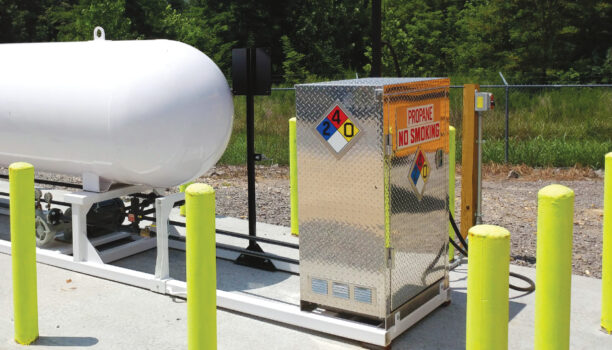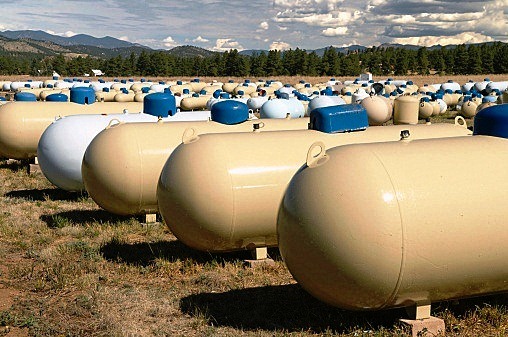Guiding Propane Businesses Through Transformation
Embracing Change with Visionary Leadership Leading a propane business requires an unwavering commitment to adaptability and visionary leadership in an era marked by rapid advancements and shifting market dynamics. The ability to steer your company through times of change both secures its present and defines its future. Let’s explore essential leadership qualities and strategies for… Continue reading Guiding Propane Businesses Through Transformation







